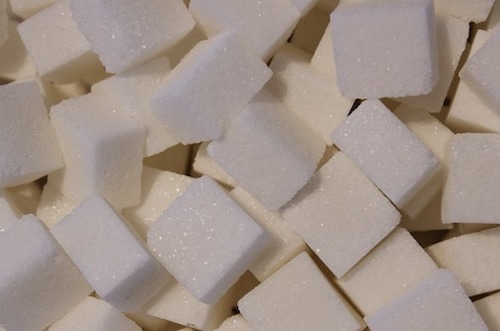W41: Sugar Update

In W41 in the sugar landscape, on Monday, October 10, sugar futures on the New York Stock Exchange (NYSE) increased 1.65% to USD 0.2718 per pound (lb) due to supply concerns, especially in India and Thailand. Despite positive progress in Brazil's harvest, a global deficit of 3.2 million metric tons (mmt) is predicted for the 2023/24 season, higher than Sept-23's estimate of 1.1 mmt. However, on Tuesday, sugar futures declined 0.48% to USD 0.2705/lb, followed by a 2.40% drop to USD 0.2640/lb on Wednesday due to profit-taking, falling oil prices, and Brazil's harvest progress. According to the Sugarcane and Bioenergy Industry Union (Unica), Brazil's sugar production in the second half of Sept-23 totaled 3.36 mmt, an increase of 98.02% compared to the previous season. The market faced additional pressure due to fluctuations in crude oil prices, driven by tensions in the Middle East. Consequently, on Thursday, sugar futures fell by 0.19% to USD 0.2635/lb. However, on Friday, the sugar price rebounded by 2.58% to USD 0.2703/lb, supported by a more than 5% increase in oil prices and ongoing concerns about the global harvest.
The Food and Agriculture Organization (FAO) reported a 9.8% month-on-month (MoM) increase in the sugar price index due to global supply tightening during the 2023/24 campaign. Initial estimates suggest a drop in sugar production in Thailand and India due to El Niño, a meteorological phenomenon causing global temperatures to rise. The FAO also noted a rise in oil prices, encouraging producers to convert sugar into ethanol, reducing the market quantity, and raising prices. However, the increase was limited by favorable harvest conditions in Brazil and the weakening Brazilian real against the United States (US) dollar.
As of October 1, sugarcane crushing for the 2023/24 season in Minas Gerais, Brazil, reached 62.1 mmt, an 11.1% increase compared to the previous season. Meanwhile, sugar production rose to 4.3 mmt, reflecting a 13.8% increase. In the first two weeks of Oct-23, Brazil exported 796.37 thousand mt of sugar and molasses. Comparatively, in the entire month of Oct-22, sugar product exports totaled 3.16 mmt, worth USD 1.30 billion. In Sept-23, Brazil exported 3.21 mmt of products related to the sugar-energy sector globally. Furthermore, in Paraná, Brazil, 80% of the sugarcane crop had been harvested from the 498.6 thousand hectares (ha) planted, exceeding the average pace of the last ten years by 10%. Production is expected to exceed 34 mmt in 2023, higher than 31.7 mmt produced in 2022.
The 2023/24 (Oct-23 to Sept-24) sugar harvest season in India has begun. However, monsoon rains from Jun-23 to Aug-23 were 10% below average, with August seeing the lowest rainfall since 1901, at 162.7 millimeters (mm). While there were some improvements in Sept-23, the situation remains concerning, with the rainfall still considered insufficient. Consequently, India's sugar production for the 2023/24 cycle is projected to be around 30 mmt, the lowest since the 2019/20 season, which produced 27.40 mmt. Due to this reduced production, there is discussion about reinstating export restrictions to ensure domestic supply, though the government currently denies such a move.




